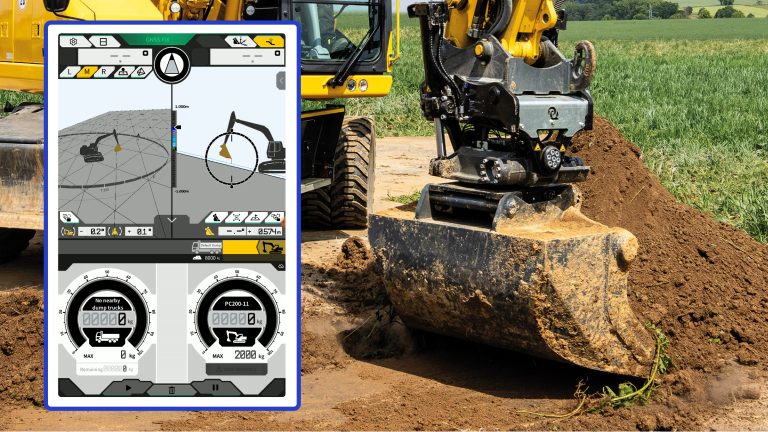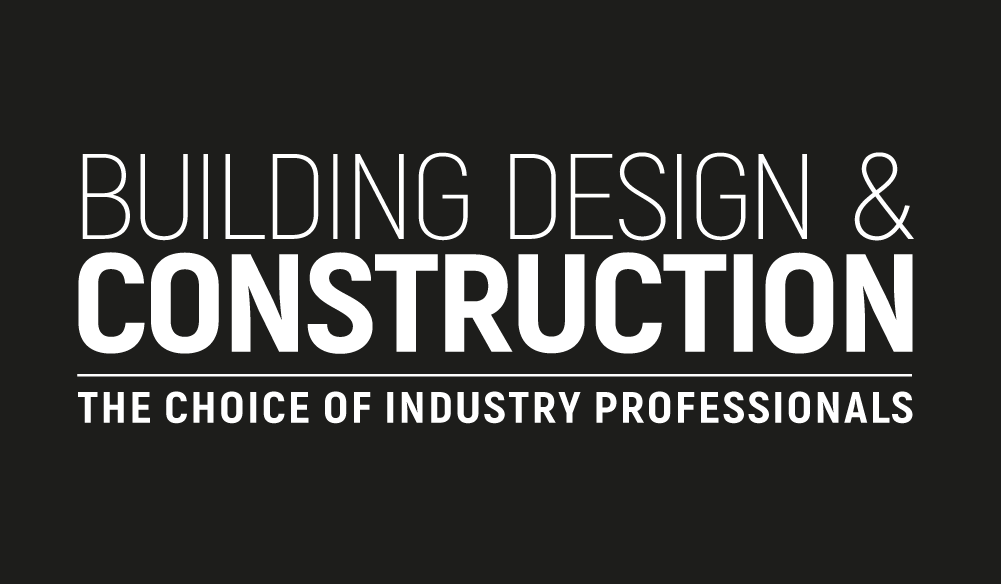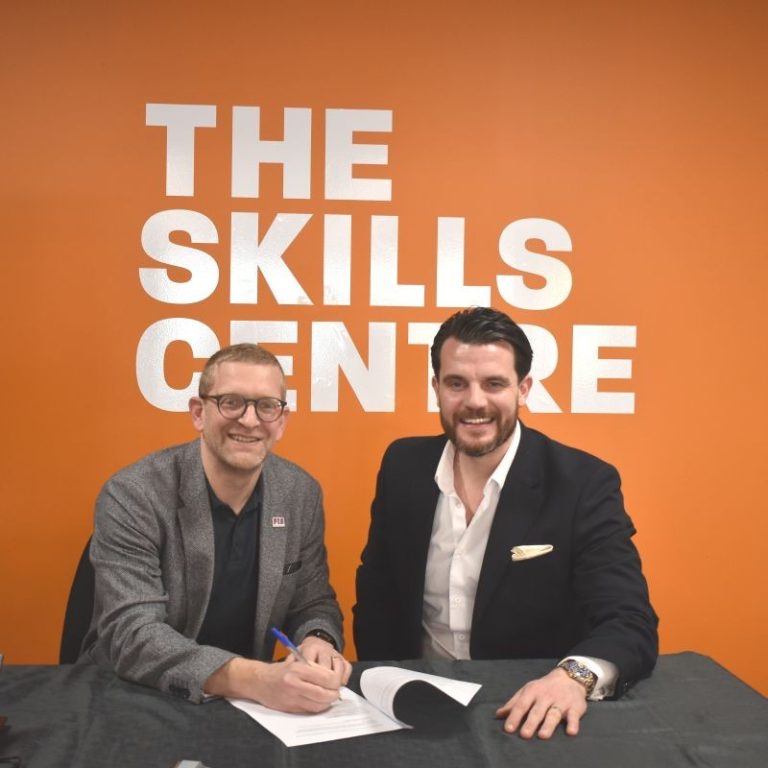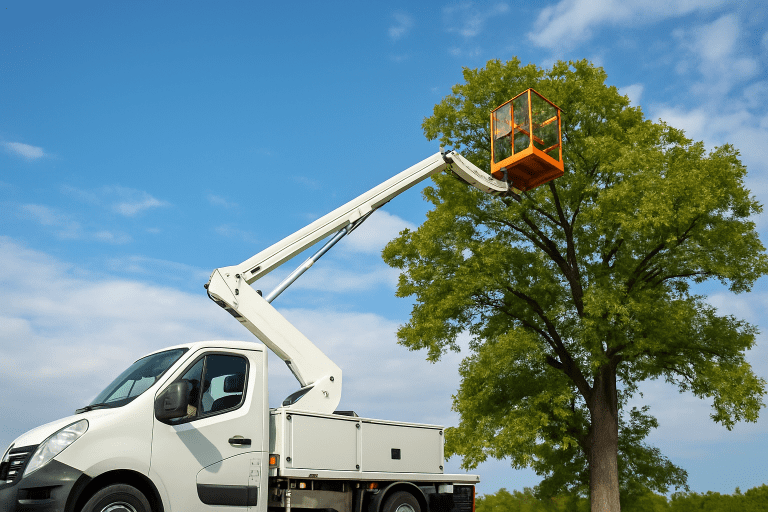The Finishes and Interiors Sector (FIS) is delighted to announce its new partnership with The Skills Centre to deliver essential training and support for individuals pursuing careers in the finishes and interiors sector. This collaboration aims to address the growing skills shortage in construction, specifically in this sector, which faces a critical demand for skilled workers. According to the Construction Industry Training Board (CITB), the construction sector will require an additional 251,500 workers by 2028. Furthermore, 61% of FIS members report struggling to find skilled workers, highlighting the urgency of this partnership to address the skills gap. As the UK continues to invest in reaching its Net Zero targets, retrofit projects will increase, driving continued demand for insulation and drylining skills as the 2050 deadline approaches. Through this collaboration, The Skills Centre will deliver a series of Bootcamps designed to provide individuals with the hands-on training and industry-specific knowledge necessary to kickstart their careers in the finishes and interiors sector. These intensive programmes will bridge the gap between talent supply and employer demand, offering practical experience and career support to participants. The first offering will be an Introduction to Insulation and Drylining course, which is a free, eight-week programme. Successful participants will earn a Level 2 qualification. The training and qualifications* will include: -Cskills Level 1 Health & Safety -CITB CSCS Health & Safety Environment (Green Card) -Level 2 Understanding Domestic Retrofit -Level 2 Removing Non-Hazardous Waste in the Workplace (Blue Card) -Environmental awareness in the construction industry -Introduction to Interior Systems -Introduction to Passive Fire In addition, a new Drylining Apprenticeship will be available for pre-screened local candidates who have come through funded Bootcamps. This specialist training will cover Partition Walls, MF Ceilings, Grid Ceilings, Shaft Walls, Metsec Installation, Rainscreen Cladding and Passive Fire Protection. Employers in the finishes and interiors sector are encouraged to get involved and support the initiative by providing interview opportunities or offering work experience placements with a view to future employment. The initiative aims to support workforce development, create opportunities for career growth, and enhance the talent pipeline within the sector. Commenting on the initiative, FIS Head of Skills Beena Nana, said: “We are thrilled to be partnering with The Skills Centre to enhance the support we provide to our members while tackling the growing skills shortages in our industry. This partnership enables us to combine resources and expertise, fostering opportunities for development, training, and growth, which will ultimately benefit our members and the broader community by addressing critical workforce challenges.” Sam Downton, Director at The Skills Centre added: “Our new partnership with FIS marks a significant step forward for the interior systems and drylining sector. This part of the industry plays a critical role in shaping the internal environments where we live, work, and learn—but it continues to face skills shortages and often flies under the radar as a long-term, rewarding career option. “Joining forces with FIS brings together their sector leadership and our expertise in delivering high-quality, hands-on training. Central to this partnership are our specialist Bootcamps, which are imperative for attracting new talent into the industry. They provide a direct route for individuals—many of whom are new to construction—to gain essential skills, site experience, and the confidence to move straight into employment. “For employers, these Bootcamps open up access to a wider, work-ready talent pool and offer a practical solution to workforce gaps. Together with FIS, we’re not only building stronger pathways into the sector, but also helping to create a more sustainable, inclusive, and skilled future for interior systems and drylining across London and Essex”. Employers can also attend planned visits to the following training centres to meet candidates and see the training in action: If you are an employer interested in attending any of these sessions or would like to support this initiative, please contact Beena Nana at beenanana@thefis.org or call 0121 707 0077. For employers interested in finding out more about the Bootcamps and how they can get involved, a dedicated webinar will provide all the information needed to get started. *Actual qualifications delivered may vary based on employer demand at the time of delivery. Building, Design & Construction Magazine | The Choice of Industry Professionals









